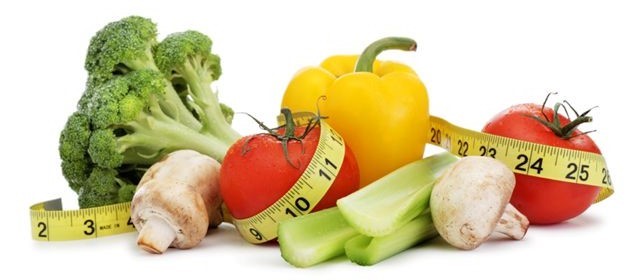10 Steps For Improving Your Metabolism

Feeling sluggish and low on energy? Do you feel like you work and work toward your weight loss goal and never seem to make any dramatic improvement? You could be suffering from a slow metabolism.
This does not have to destroy your weight loss efforts. You can dramatically improve your metabolism and boost energy without taking supplements.
Your metabolism simply refers to the conversion of food to usable energy by the body. It is the biological process by which energy is extracted from food or how fast or slowly the body burns calories.
A few steps you can take to improve your metabolism naturally are:
1. Drink Cold Water – Water is great to drink and you should be drinking a minimum of 8 to 10, glasses daily, of course, more is better. It will help increase your metabolism and remove toxins and fat. Drinking ice cold water before meals will shrink your stomach so you feel full quicker, and the cold water also helps to increase the metabolism.
Article courtesy: http://www.nywellnessguide.com/
Photo courtesy: https://www.southerncross.co.nz









